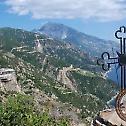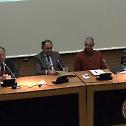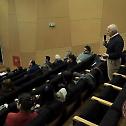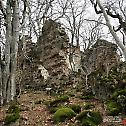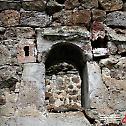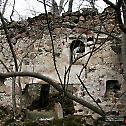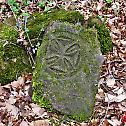The Celebration of Lazarus’ Resurrection at the Patriarchate
2. April 2018 - 12:34On Saturday March 18/31, 2018, the Patriarchate celebrated the commemoration of the rising from the dead of Holy and Righteous Lazarus by the Lord. Lazarus was the Lord’s friend according to the narrative of St. John the Evangelist (John 11:1-46), by which the Lord resurrected Lazarus, whom He loved dearly, and He cried before his tomb in Bethany “giving us an assurance of the common Resurrection before His Passion”.
The Palm Tree Branches Procession From Bet-faghe
2. April 2018 - 12:02On Lazarus Saturday afternoon (18.00), March 18/31, 2018, H.H.B. our Father and Patriarch of Jerusalem Theophilos blessed the palm tree branches at the Holy Monastery of Bet-Faghe. Then the traditional – since the first Christian years – palm tree branches procession began from this Monastery, led by the Most Reverend Archbishop Theophanes of Gerassa.
On the Virtue of Humility
30. March 2018 - 13:46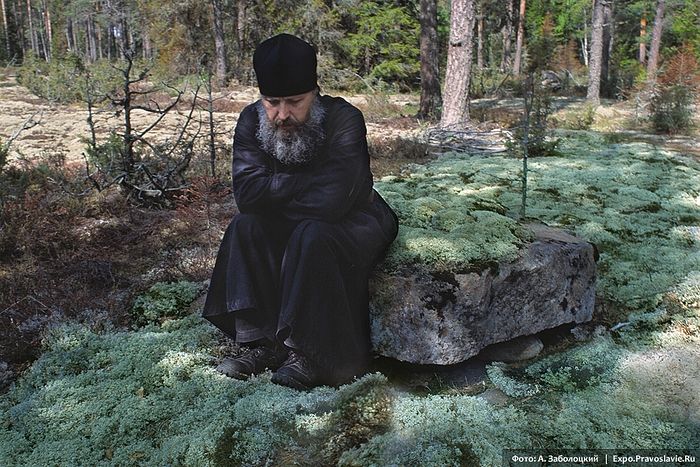 Third homily on the Prayer of St. Ephraim the Syrian
Third homily on the Prayer of St. Ephraim the Syrian
O Lord and Master of my life, the spirit of humble-mindedness bestow upon me Thy servant, for blessed art Thou unto the ages of ages. Amen.
In the name of the Father, the Son, and the Holy Spirit!
Mt. Athos looking to introduce renewable energy sources
29. March 2018 - 12:49Experts of the Greek state’s Center for Preservation of the Athonite Heritage (CPAH) gave a presentation recently on the introduction of renewable energy sources to Mt. Athos. The presentation was given in the Stefanos Dragoumis Hall in the Museum of Byzantine Culture in Thessaloniki together with the Holy Mt. Athos Center, reports Russian Athos.
Ruins of previously unknown monastery accidentally found in Georgian forest
29. March 2018 - 12:47The remains of a previously unknown monastery complex were recently discovered in southeastern Georgia, not far from Pitareti Monastery in Tetritsqaro in the Kvemo Kartli region, according to a statement on the Facebook page of the National Agency for the Protection of the Cultural Heritage of Georgia.
The ruins were discovered by specialists undertaking geological research in a forest in the region. The remains are hidden in dense vegetation on top a hill, less than two miles from the northeastern section of Pitareti Monastery.
According to some information, there are around 375 historic architectural monuments in Tetritsqaro, including the monastic complexes of Pitareti, Gudarekhi, and Pirgebuli; the churches of the Manglisi Cathedral, Gokhnari hall church, the Church of the Mother of God of Tsintskaro, the domed Church of Didi Toneti, the Chkhikvta Church of the Holy Trinity and others.
Art specialists, historians and architects from the agency inspected the ancient discovery together with local residents. It turns out there is no information about this monastery in historical sources or academic literature. The local population does not even know its name.
According to the experts, the monastery was badly damaged, most of it covered over with earth.
Experts believe the oldest building of the monastery complex is the stone church from the 8th-9th centuries, 27.5 ft. long x 16.5 ft. wide. Within the walls of the church were found fragments of stone crosses, and flat slabs embedded into the walls themselves, which are most likely tombstones. Inscriptions from local believers are also visible on the walls in the eastern section.
Ruins of stone walls and cells were also discovered around the church.
The National Agency plans to preserve the monastery after conducting a full study of the site, and has already begun the process of granting the object the status of an immovable monument.
Source: Orthochristian.com









